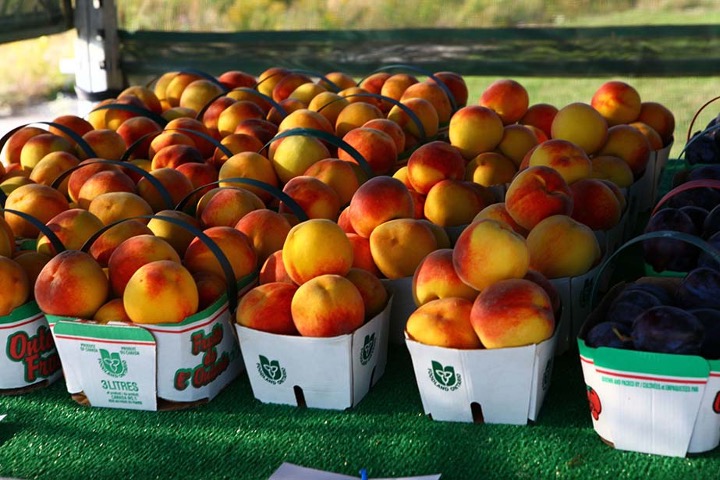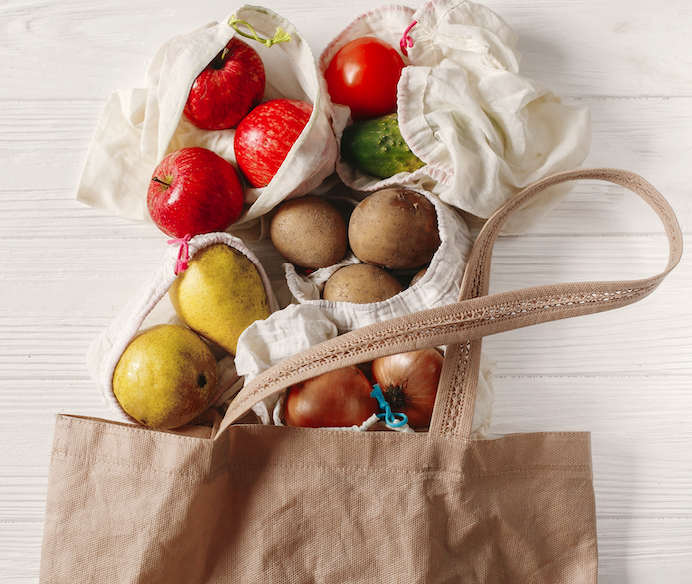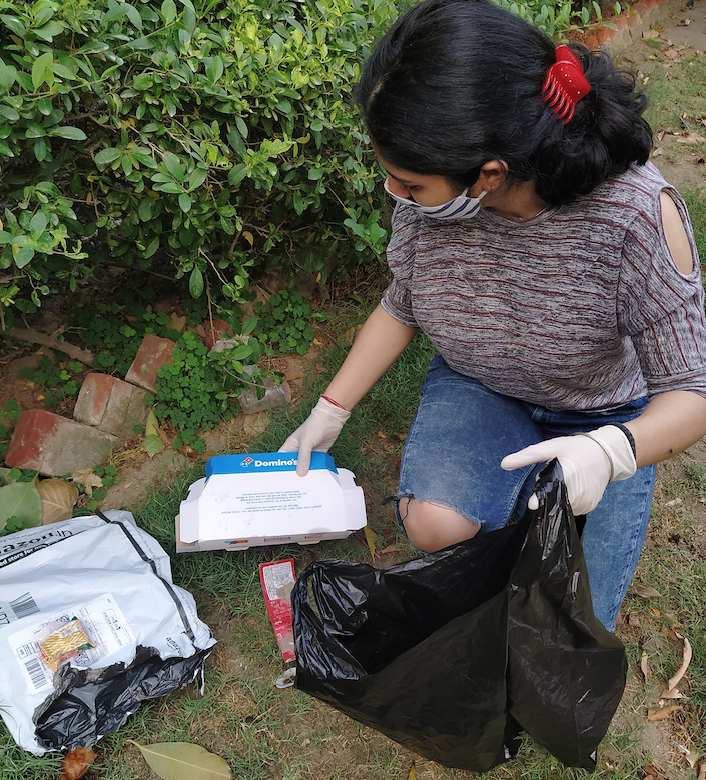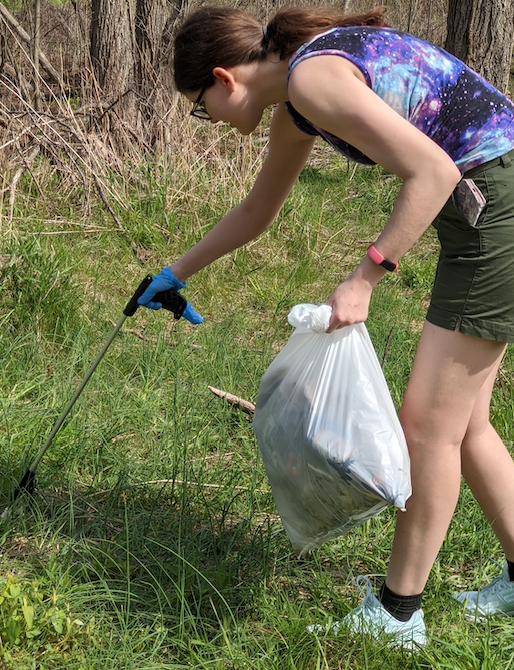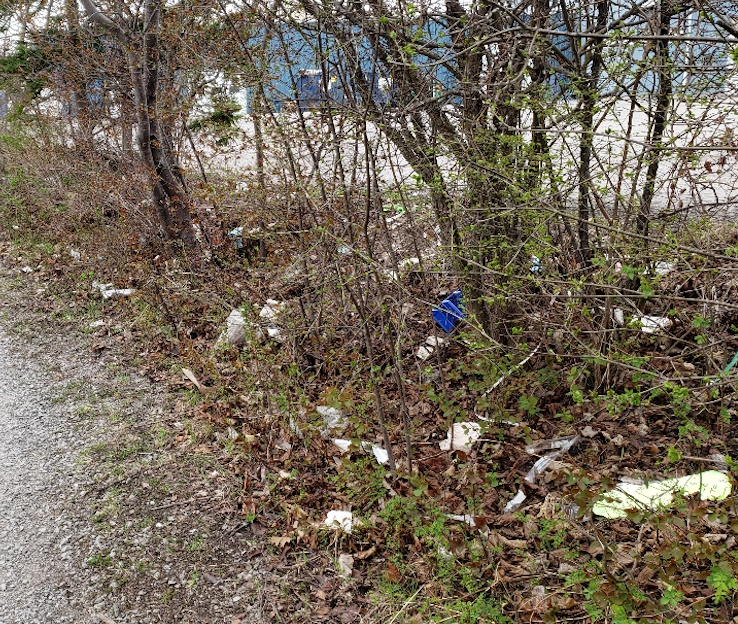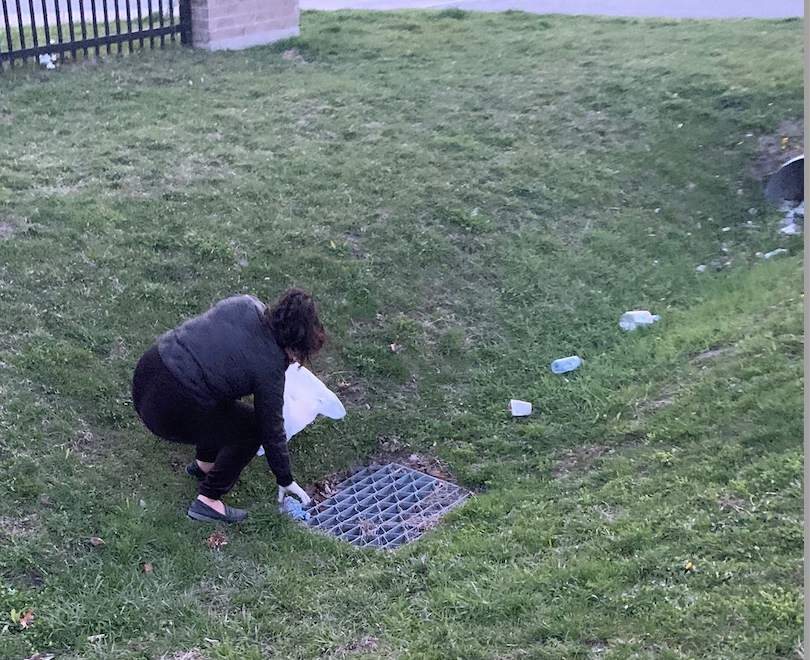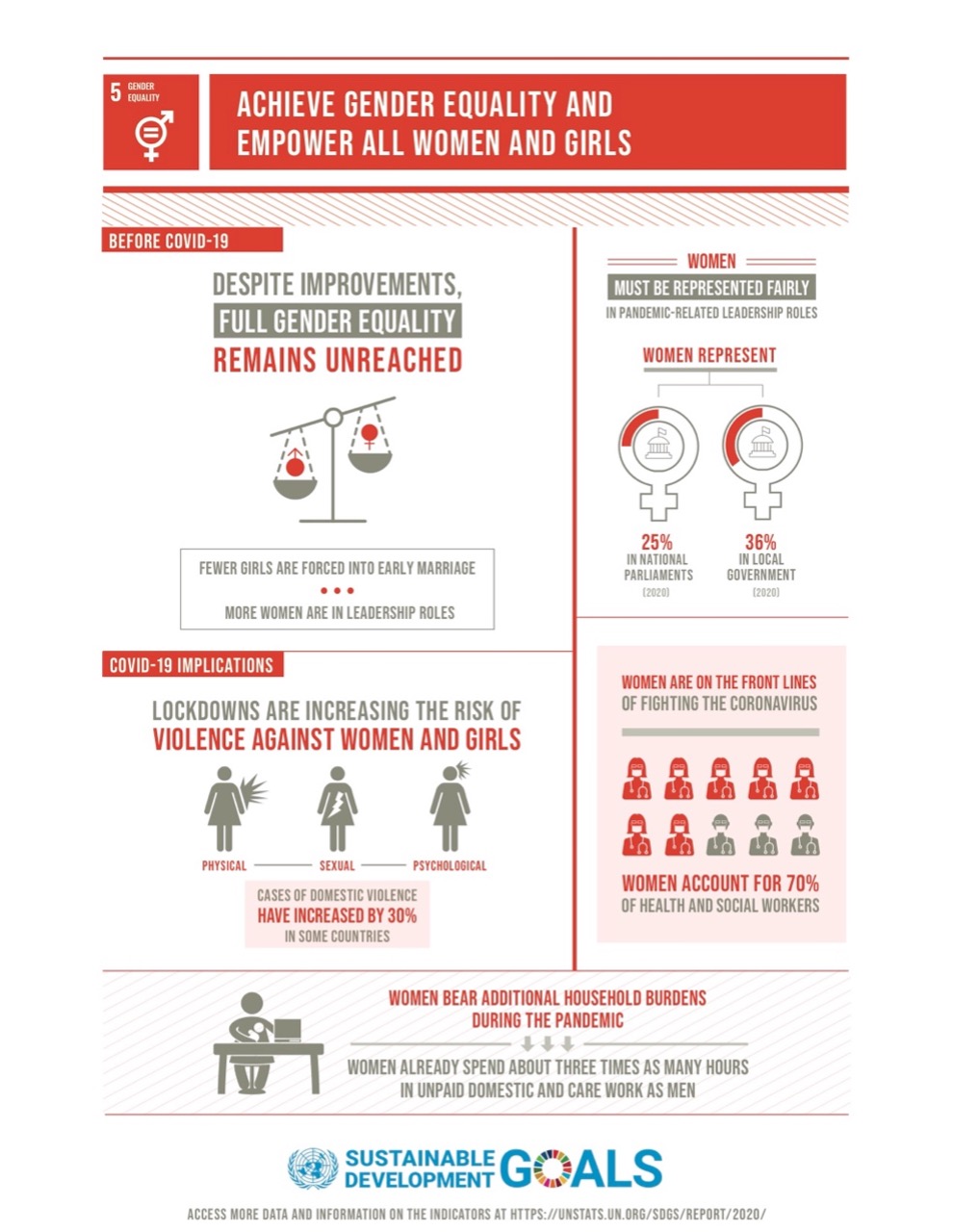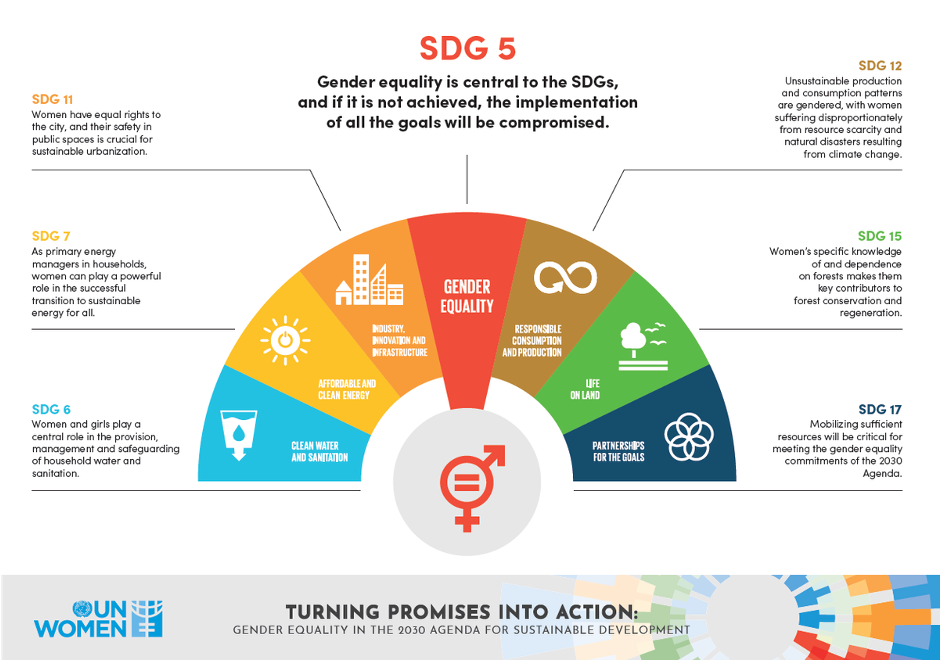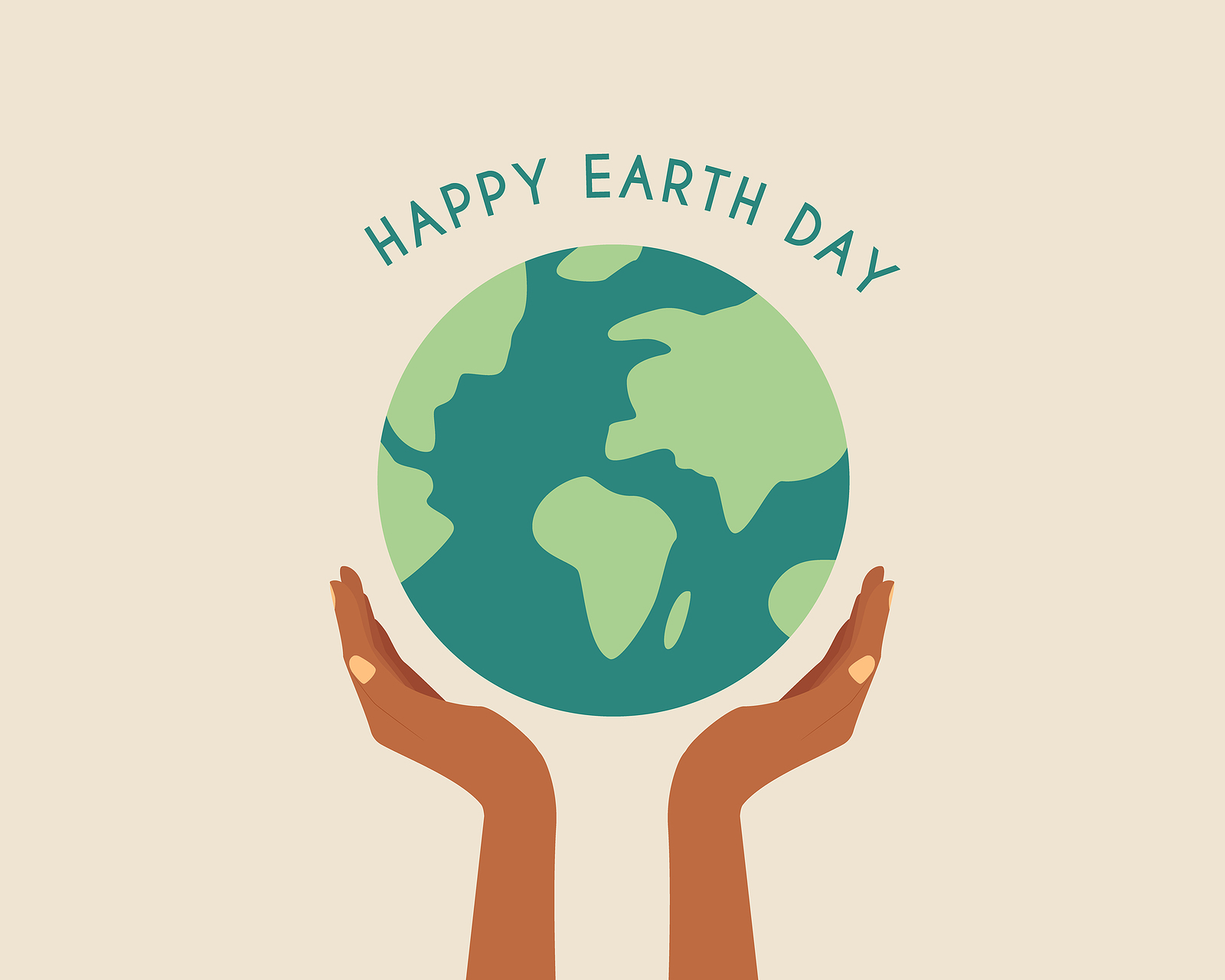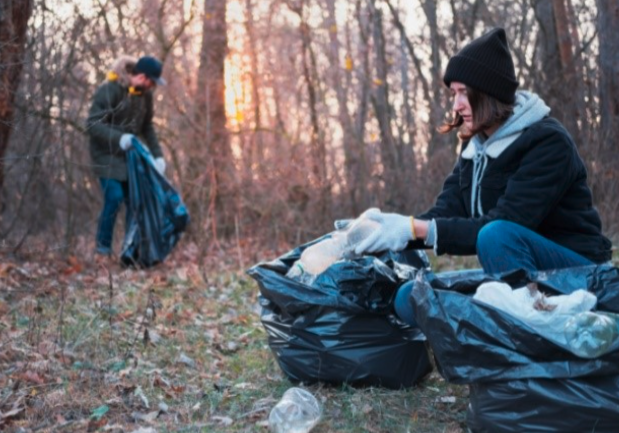Blog Contributor: Erica Harper
Brock and WWF-Canada launched their exciting partnership in September of 2020 to provide students with the opportunity to work towards WWF-Canada’s nationally recognized Living Planet Leader self-guided certification through local and global sustainability and conservation initiatives. As of April 2021, I’m excited to have completed all requirements to achieve the Certification, making me a certified WWF-Canada Living Planet Leader. The various categories that all leaders must complete include:
- Campus, community, or global volunteerism
- Personal application of sustainability
- Academics
- Leadership and teamwork
To complete the campus, community, or global volunteerism category, I completed 40 hours of volunteer work for Sustainability at Brock and for my local community. Some of my actions included planning the Sustainable Development Goals (SDGs) Training Day, creating helpful shareable content related to the SDGs and local solutions to their global goals, and creating a virtual clean-up toolkit webpage and resource for the Brock community to use during Earth Week and beyond. Completing these hours was extremely fulfilling and truly made me feel like I was making a real impact on local communities and the environment.
In term of the personal application of sustainability category, WWF-Canada has a checklist with many items for individuals to complete in their everyday lives such as:
- Bringing my own mug (pre-COVID!)
- Use reusable containers for packed lunches
- Use eco-friendly or natural cleaning products
- Unplug appliances when not in use
- Reduce food waste
I was also able to add personal actions that I took such as taking more cold showers (highly recommend!), investing in sustainable companies, and even buying my favourite restaurant’s cookbook to reduce takeout waste while supporting their local business. In total, I completed 40 actions within the category and quickly realized how simple it can be to make small changes.
Next, being a student in the Master of Sustainability program gave me many options for the application of sustainability in academics category which requires you to either take a course in sustainability or apply sustainability concepts to projects in other courses. For my submission, I shared my Climate Change Adaptation Plan that I developed for Niagara-on-the-Lake during a course taught by Dr. Jessica Blythe called Climate Adaptation and Transformation. The experience I had developing this Plan was shared with the climate coordinator of the municipality and I was able to talk about how the SSAS program provides its students with real-world projects that have a lasting impact on communities.
Lastly, in terms of leadership and teamwork, I have been fortunate to work alongside Amanda Smits in the Environmental Sustainability Research Centre who is an inspiring leader. Together, we have been able to grow the registration rate of the Living Planet @ Campus Program by over 40% since the partnership launched in September of 2020. I’ve had the opportunity to lead exciting virtual events about the certification and speak with many students about how they can register too. It’s been very rewarding to be part of this partnership and watch it grow as students are eager to participate in campus sustainability events – event from a distance!
Completing this certificate has made me even more passionate about how local action can truly make a difference in our communities and for our planet. To register for the Living Planet @ Campus Program and become a Living Planet Leader, click here.

